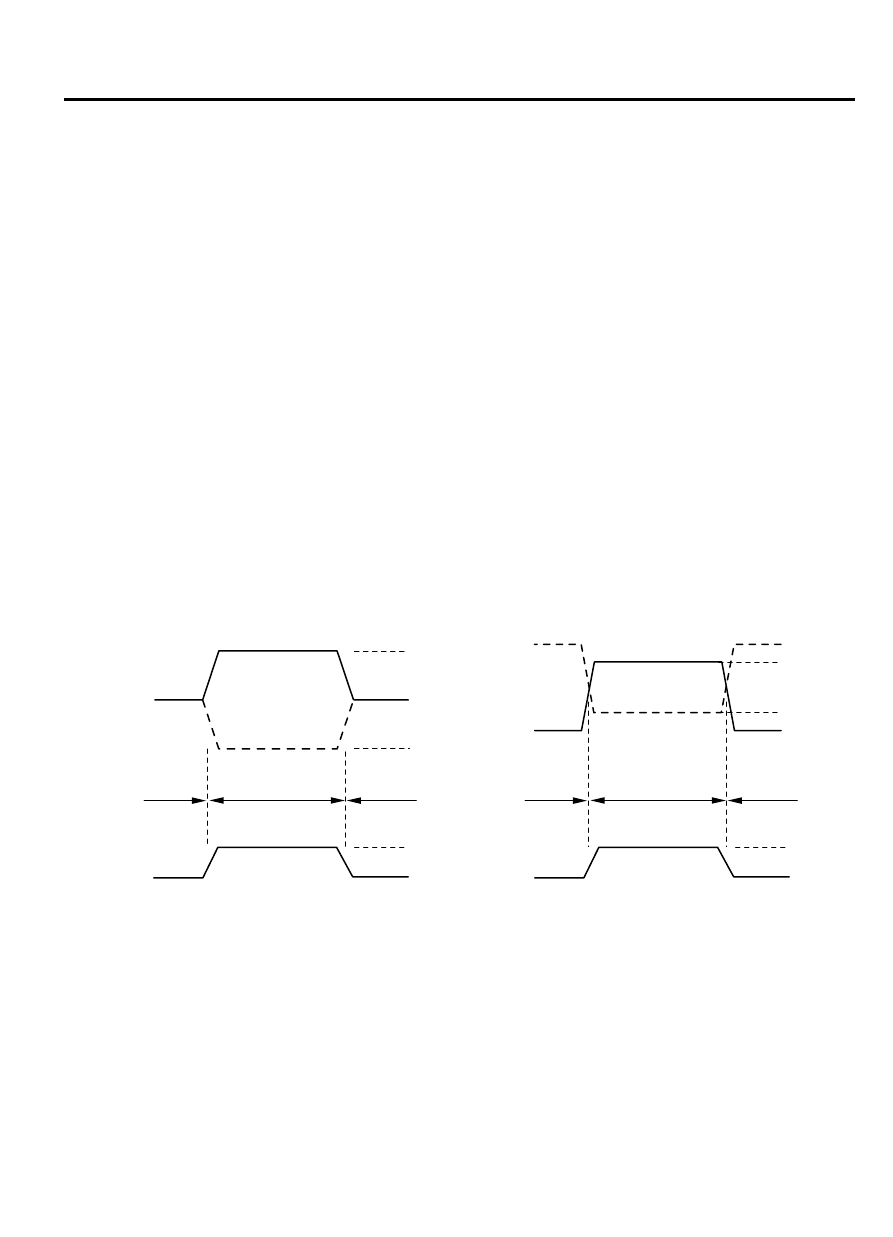Content .. 1338 1339 1340 1341 ..
Mitsubishi Outlander XL. Manual - part 1340

⦆
When data frames conflict with one another (when
plural ECUs transmit signals simultaneously), data
is prioritized for transmission by mediation,
therefore, plural data frames are not sent
simultaneously. For further details, consult the
mediation section below.
⦆
Data is transmitted not by the conventional voltage-
using method but by voltage potential difference.
For further details, consult the section on CAN bus
voltage transformation.
⦆
Reliability of each ECU transmitting signals via CAN
communication is secured by several error
detection and recovery processes. For further
details, consult the sections on error detection and
system recovery.
⦆
For major communication signals (transmitting
signals) among ECUs.
MEDIATION
Because each ECU transmits data independently on
the CAN bus, there are cases of data collision when
multiple data frames that ECUs attempt to transmit
simultaneously (if multiple ECUs transmit at nearly the
same moment). At this moment, processing of the
ECUs attempting transmission is performed in the
following way.
1.
Data frame with high priority is transmitted first
according to ID codes memorized in data frames.
2.
Transmission of low-priority data (data frames) is
suspended by the issuing ECUs until the bus
clears (when no transmission data exists on the
CAN bus).
NOTE:
If the suspended state continues for a
specific time, new data (data frame content) is
created and sent.
3.
ECU containing suspended data frames transmits
the data when the bus becomes available.
NOTE:
There is enough capacity on the CAN bus,
which never prevents data frames from being sent.
VOLTAGE TRANSFORMATION ON THE CAN-B BUS and CAN-C BUS
CAN_H
3.5 V
2.5 V
1.5 V
0
1
5 V
4 V
1 V
0 V
0
1
ZC5017690000
CAN_L
<CAN-C>
<CAN-B>
Voltage
transformation
in CAN_L
State:
Logic value:
Recessive
Recessive
Dominant
Voltage
transformation
in CAN_H
Recessive
Recessive
Dominant
The voltage transformation (output signal) when the
data frame is sent to the CAN-C bus line has a
distinctive CAN-C profile. The transmitting ECU
through the CAN_H and CAN_L bus lines sends 2.5
to 3.5 volts signals to the CAN_H side and 2.5 to 1.5
volts signals to the CAN_L side. The receiving ECU
reads the data from the CAN_H and CAN_L potential
difference. "Recessive" refers to the state where both
CAN_H and CAN_L are under the 2.5 volts state, and
"Dominant" refers to the state where CAN_H is under
CONTROLLER AREA NETWORK (CAN)
54D-5
SYSTEM OPERATION